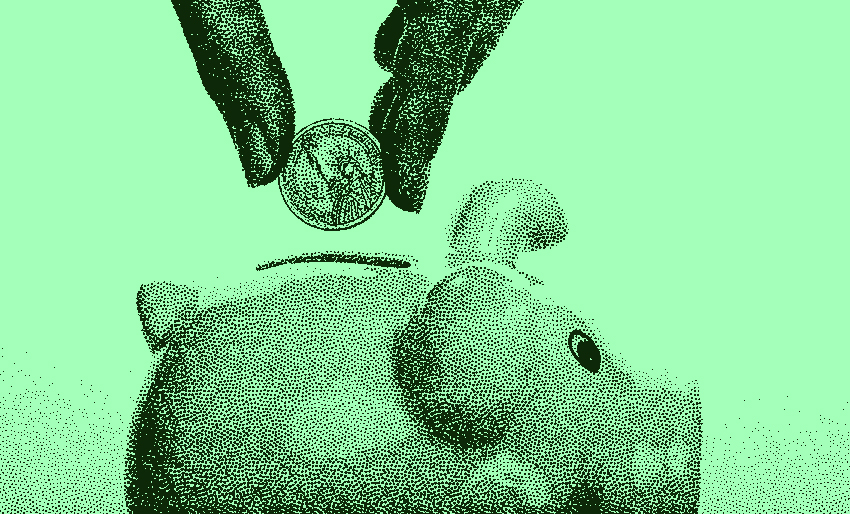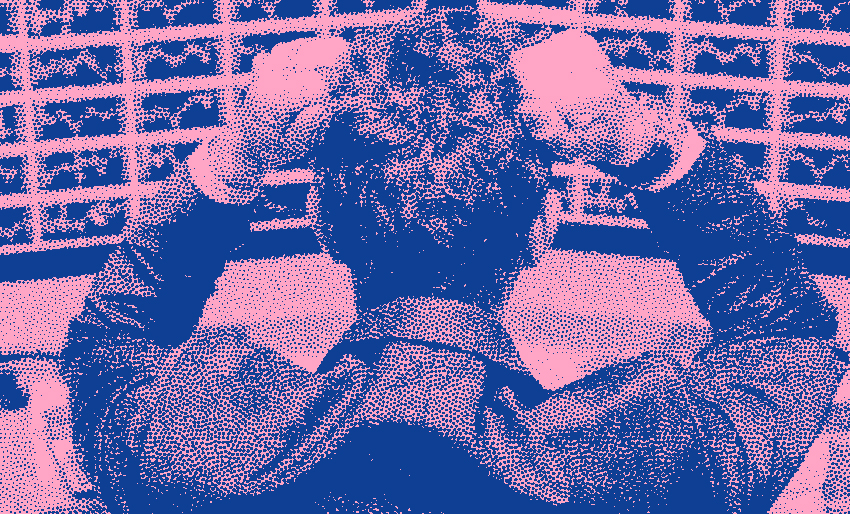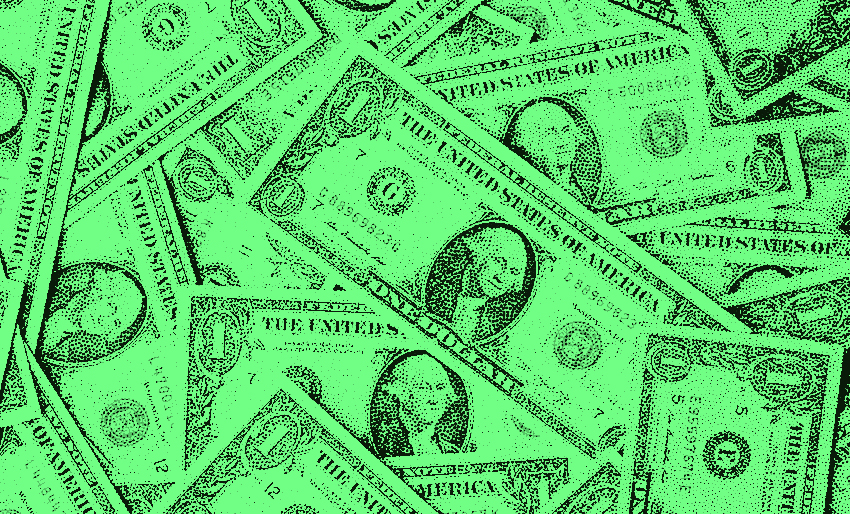What Happened to Silicon Valley Bank?
By Dan Nastou, CFA
As you’ve probably heard by now, Silicon Valley Bank, or SVB as it’s known, collapsed last week. It was the second-largest bank failure in US history after Washington Mutual in 2008.
So what exactly happened? Let’s break it down.
Anatomy of a bank bust
I’ll try to keep this high level since the main points actually capture the story pretty well.
Last Wednesday, SVB disclosed they had taken a huge loss on their investment portfolio, to the tune of $1.8 billion – I’ll get to the specifics of this in a bit.
To make up for the shortfall, the company announced they’d be seeking more than $2 billion in new funding, however that effort failed to materialize. They then scrambled to find another company willing to buy them, which also didn’t pan out.
Between the loss and the failed funding (as well as a plummeting stock price), many of the bank’s depositors got spooked and began taking their money out, essentially causing a run on the bank – if you think your bank is going under, you don’t want to be the last one to the exit.
By Friday, the bank could no longer meet the flood of redemptions and the regulators stepped in and took control of the bank.
What happened to the remaining depositors?
While SVB was FDIC insured, that insurance only covers up to $250,000 per depositor. And many of SVB’s depositors were businesses with funds in excess of this amount, leaving them wondering how much of their money they would ultimately recover, and when.
However, fearing the collapse of SVB might cause panic to spread to other banks, the government stepped in over the weekend with a rescue plan, announcing that all deposits at SVB and Signature Bank (another bank that failed last week), even those deposits in excess of $250,000, would be covered by FDIC insurance.
They also announced a program through which banks can borrow money from the Federal Reserve, using bonds they own as collateral – specifically the par value of the bonds, not the now reduced market value. Essentially, banks now have an additional source of liquidity through the Fed. The hope is this will prevent other bank runs.
As of today, it seems like these steps have helped ease fears of broader banking turmoil, at least to some extent. But we aren’t out of the woods yet. Bank stocks have been volatile this week and the Fed, Treasury, and regulators are surely watching carefully for signs of more trouble.
So is our money safe at other banks?
Well, if you have $250,000 or less in cash at your bank, and your bank is FDIC insured, that money is still guaranteed by the government under the standard FDIC insurance.
You can learn more here.
If you have more than that at a single bank, you may want to consider spreading it out across different banks. FDIC insurance covers up to $250k per depositor per bank. There’s not much downside to spreading it around, and you might sleep easier knowing it’s all covered by FDIC. This is usually good practice, regardless of the recent events.
Now, it’s possible that if other banks were to fail in the near future, the government might offer a similar deal as to what was offered to SVB customers – increasing the coverage beyond $250,000. However there’s no guarantee of this. And so far the government is only offering this for the two failed banks; SVB and Signature Bank. In fact, yesterday, Treasury Secretary Yellen reiterated this point while testifying before Congress, stating that uninsured deposits (meaning those in excess of $250,000) would only be covered if the bank in question represented a “systemic risk”.
Keep in mind, this is all happening in real time, and the situation can change as events unfold. I don’t think any of this is necessarily cause for panic (never a great solution). But it’s probably worth following a bit more closely than you might otherwise.
Understanding SVB’s financial losses
This one is a little more complicated, but worth getting into because there might be important implications for other financial institutions in the coming months.
Basically we want to know if this was a one off event or was the failure of SVB a canary in the financial coal mine, suggesting more trouble ahead for other firms and the economy overall.
So how did SVB manage to lose so much money in the first place?
Well, despite the fact that the bank was heavily connected to the start-ups and tech companies of Silicon Valley (hence the name), the losses that ultimately caused it to collapse mostly stemmed from its investments in long-dated Treasury bonds and Mortgage Backed Securities (MBS).
These types of bonds are often considered “safe” investments. And for the most part, they are safe, at least from a credit risk perspective, meaning default is unlikely – unless of course we’re talking about the toxic MBS bonds of the 2008 crisis, but that’s another story entirely.
However, credit risk is just one type of risk, and the bonds SVB bought carried a lot of interest rate risk. When interest rates rise, bond prices fall (see the note below). And SVB bought billions of dollars worth of long-term bonds when interest rates were very low, exposing the bank to large losses if interest rates were to rise – which, as we all know by know, happened over the past year.
Normally we would expect a bank to manage this risk, either by hedging or by buying shorter maturity bonds (longer maturity bonds are more sensitive to interest rate changes). But for whatever reason, SVB didn’t do this and as a result, suffered the multi-billion dollar loss.
Rest assured, there will be plenty of scrutiny into how SVB was managed, or mismanaged for that manner. In fact, the DOJ and SEC have already started investigating what happened. But that’s a much bigger conversation and there’s still a lot we need to learn.
What’s next?
As I said, this is all evolving quickly and no one knows exactly how things will play out.
I think for now though, the big question is whether other banks are facing similar risks and to what extent. It can be difficult for outsiders to fully identify these risks in advance. And investor or depositor psychology can play a big role too, making the situation inherently unpredictable.
Ultimately, time will tell, and in theory, the Federal Reserve’s new lending program should help mitigate some of the risk. But there certainly could be more bumps in store as events unfold – just yesterday, eleven of the largest banks in the country announced a $30 billion deposit infusion into troubled bank First Republic. And Credit Suisse took a $50 billion loan from the Swiss government. I don’t want to sound alarmist, but we do need to be aware of what’s happening.
As always, I would encourage you to stick to your long-term financial plans. And try to avoid making any emotionally driven decisions. Also, it’s a good idea to make sure your various financial accounts are secure – FDIC insured for bank deposits and SIPC insured for investment accounts. And of course, don’t hesitate to reach out to your financial advisor if you’re feeling worried or stressed about your situation. Hang in there!
This is intended for educational purposes, not financial advice. Talk to your financial professional if you need help or are thinking about making changes to your investments.
💸 Bonus Note – Bond prices and interest rates
There are two ways to explain the inverse relationship between bond prices and interest rates – a mathematical way and an intuitive way. For now I’ll stick with the intuitive.
When you buy a bond, you’re buying a set of future cash flows – the periodic interest payments and the repayment of the principal (the amount that was originally borrowed). These payments are set by the bond contract. So the price you pay will translate to an implied yield, or interest rate, that you would earn if you held the bond to maturity (when it repays the principal).
However, if interest rates rise after you buy the bond, other investors will now demand a higher yield than what you’re earning. So if you wanted to sell your bond, those other investors would only be interested in paying a lower price than what you paid. In other words, when interest rates rise, bond prices fall. The opposite is true too, when interest rates fall, bond prices rise. The details can be more nuanced, but that’s the basic gist.
Looking for more?
Why financial losses feel so painful
Check out our Investing Cheat Sheet
How to save more money with automation



